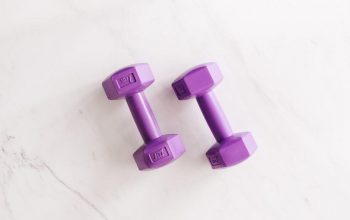The BE Commercial Pressure Washer 4000 PSI is a heavy-duty, professional-grade cleaning solution designed for demanding tasks. With a powerful Honda GX390 engine and Comet Triplex pump, it delivers 4.0 GPM and 4000 PSI, ideal for commercial applications. Built for reliability and efficiency, this pressure washer is engineered to handle large-scale cleaning jobs with ease, making it a top choice for industries requiring consistent performance and durability.
Overview of the BE Commercial Pressure Washer
The BE Commercial Pressure Washer 4000 PSI is a robust, professional-grade cleaning tool designed for heavy-duty applications. Featuring a powerful Honda GX390 engine and a durable Comet Triplex pump, this unit delivers 4000 PSI and 4.0 GPM, making it ideal for commercial environments. Its direct-drive system ensures efficient power transfer, while the compact design allows for easy maneuverability. Built with high-quality components, this pressure washer is engineered to withstand rigorous daily use. With a focus on reliability and performance, it is suitable for a wide range of industrial and commercial cleaning tasks, offering consistent results and long-lasting durability. Its advanced features and sturdy construction make it a reliable choice for professionals seeking a dependable cleaning solution.
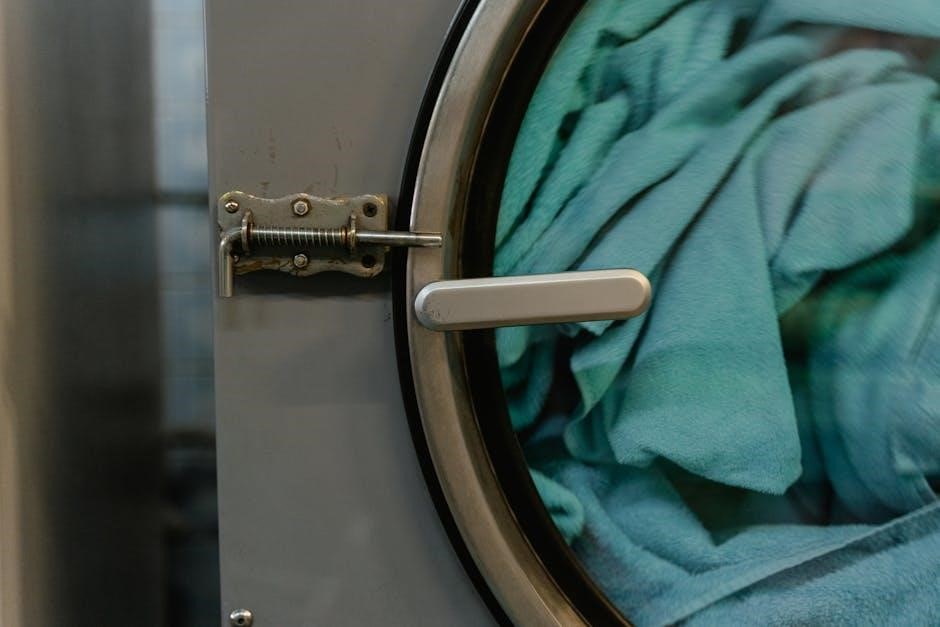
Technical Specifications of the BE Commercial Pressure Washer 4000 PSI
The BE Commercial Pressure Washer 4000 PSI features a Honda GX390 engine, Comet Triplex pump, delivering 4.0 GPM. It has a direct-drive system, EPA/CARB compliance, and a 55Ah battery for reliable electric start, ensuring high performance and efficiency in heavy-duty applications.
Engine and Pump Details
The BE Commercial Pressure Washer is powered by a professional-grade Honda GX390 engine, known for its reliability and high performance. This engine is paired with a robust Comet Triplex pump, designed to handle the demands of commercial use. The direct-drive system ensures efficient power transfer from the engine to the pump, minimizing energy loss and maximizing output. The pump features a durable construction with a die-cast body and forged brass manifold, ensuring long-lasting reliability. Together, the engine and pump deliver 4.0 gallons per minute at 4000 PSI, making this pressure washer ideal for heavy-duty cleaning tasks. The engine’s excellent weight-to-power ratio allows for easy maneuverability while maintaining consistent performance throughout the day. Additionally, the system includes a 55Ah marine battery for convenient electric start, enhancing operational ease and efficiency.
Water Pressure and Flow Rate Requirements
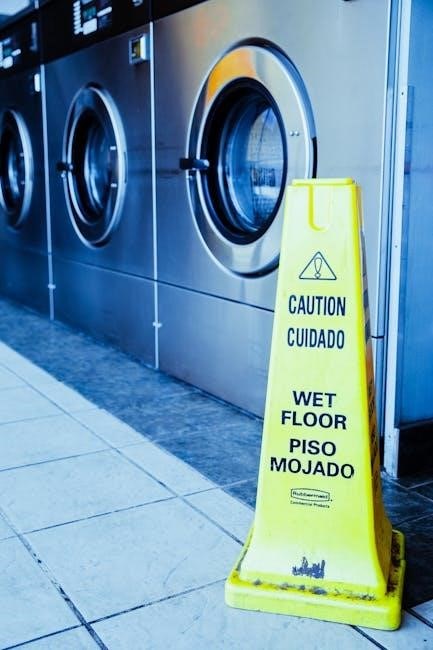
The BE Commercial Pressure Washer requires a water supply with a minimum pressure of 20 PSI and a maximum of 125 PSI. The flow rate must exceed 3.8 gallons per minute (GPM) to ensure optimal performance. A typical outdoor faucet, when fully opened, can provide the necessary pressure and flow rate. It is crucial to ensure the water source meets these specifications to avoid damage to the pump and maintain efficient operation. Proper water supply conditions are essential for the pressure washer to deliver its maximum cleaning potential of 4.0 GPM at 4000 PSI. Always verify the water supply meets these requirements before operation to guarantee reliable and consistent performance.
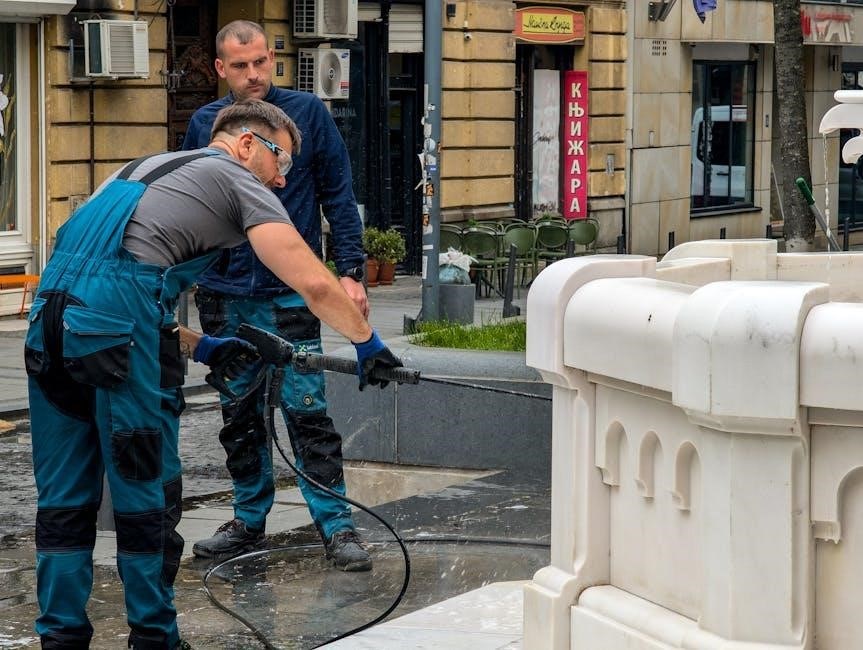
Safety Precautions and Guidelines
Always read the manual before use. Wear protective gear, including gloves and goggles. Ensure proper ventilation and avoid using near open flames. Keep children away and never aim the nozzle at people or animals. Regularly inspect hoses and connections for damage. Follow shutdown procedures to relieve pressure before maintenance. Ensure the water supply meets the specified pressure and flow rate requirements to prevent equipment damage. Adhere to all safety warnings and guidelines to minimize risks and ensure safe operation.
Handling and Operating Safety Tips
Always wear protective gear, including safety goggles and gloves, when operating the pressure washer. Ensure the area is clear of obstacles and people. Before starting, check that the water supply meets the required pressure and flow rate (20-125 PSI and >3.8 GPM). Start the engine on level ground and avoid sudden movements. Use the correct nozzle for the task and keep the spray gun pointed away from people and animals. Never aim the nozzle at windows, electrical components, or fragile surfaces; Avoid prolonged use of high-pressure jets on a single spot to prevent damage. Use both hands to control the spray gun for stability. Keep flammable liquids and open flames away from the unit during operation. Follow proper shutdown procedures to relieve pressure before maintenance or storage. Regularly inspect hoses and connections for wear or damage to ensure safe operation. Keep children and pets at a safe distance while the unit is in use. If you notice any unusual noise or vibration, stop the machine immediately and inspect for issues. Proper handling and operation are crucial to ensure safety and extend the lifespan of the equipment.
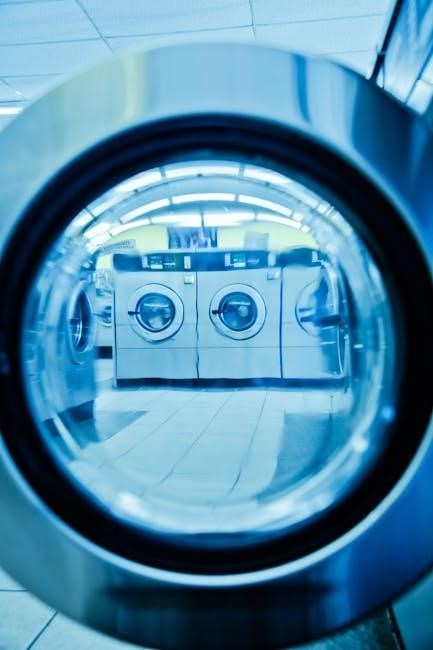
Startup and Shutdown Procedures
Before starting, ensure the water supply meets the required pressure (20-125 PSI) and flow rate (>3.8 GPM). Place the pressure washer on level ground and connect the water supply. Turn on the water supply slowly to avoid sudden pressure spikes. Start the engine using the electric start or recoil system, following the manufacturer’s guidelines. Allow the engine to warm up for a few seconds before squeezing the spray gun trigger. For shutdown, release the pressure by pulling the trigger gun to relieve residual pressure. Turn off the engine and allow it to cool slightly. Shut off the water supply and drain the hose to prevent water from remaining in the system. Proper startup and shutdown procedures ensure safe operation and extend the equipment’s lifespan. Always refer to the manual for specific instructions.
Emergency Shutdown and Pressure Relief
In case of an emergency, immediately turn off the power switch on the BE Commercial Pressure Washer. Relieve pressure by pulling the trigger gun to release residual water pressure in the system. Shut off the water supply to prevent further flow. If the pressure exceeds safe levels, activate the safety relief valve to reduce pressure. Ensure the engine is turned off and the system is depressurized before performing any maintenance or inspection. Always follow the manual’s specific emergency procedures to avoid injury or equipment damage. Regularly inspect the pressure relief valve to ensure it functions correctly. Proper emergency shutdown and pressure relief are critical for safe operation and longevity of the pressure washer.
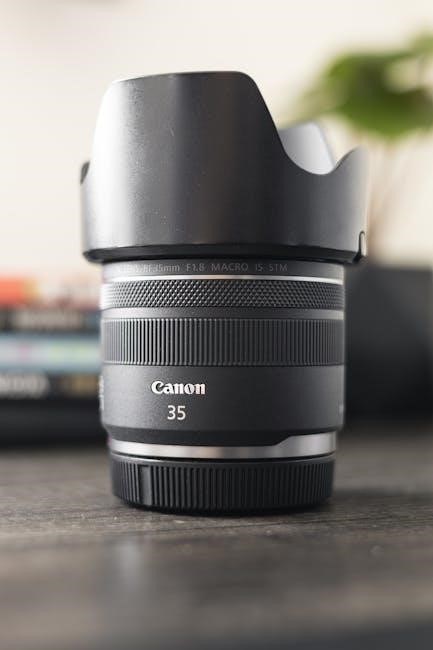
Operating Instructions for the BE Commercial Pressure Washer
Follow the manual’s guidelines for setup, startup, and operation. Ensure proper water supply and use correct techniques for efficient cleaning. Always prioritize safety and efficiency.
Assembly and Initial Setup
Assembly of the BE Commercial Pressure Washer 4000 PSI involves attaching the handle, hose, and spray gun. Ensure all connections are secure and properly tightened. Place the unit near a water source capable of supplying at least 3.8 GPM and 20-125 PSI. Connect the water supply hose to the inlet and ensure the battery is fully charged. Check the oil and fuel levels before starting. For initial setup, refer to the manual for specific instructions on priming the pump and testing the system. Always follow safety guidelines to avoid damage or injury. Proper assembly ensures optimal performance and longevity of the equipment.
Using the Pressure Washer for Commercial Applications

The BE Commercial Pressure Washer 4000 PSI is designed for heavy-duty cleaning tasks, making it ideal for industrial and commercial environments. With its high-pressure output of 4000 PSI and 4.0 GPM flow rate, it efficiently tackles tough jobs like cleaning large vehicles, machinery, and industrial floors. The direct-drive system ensures consistent power delivery, while the triplex pump provides durability for prolonged use. For commercial applications, use the appropriate nozzle size to maintain optimal pressure and flow. Regularly inspect hoses and connections to prevent leaks. Always wear protective gear and follow safety guidelines to avoid accidents. This pressure washer is built to handle demanding commercial tasks with ease, ensuring reliable performance and long-term durability.
Tips for Efficient Cleaning and Maintenance
To maximize efficiency and extend the lifespan of the BE Commercial Pressure Washer 4000 PSI, regular maintenance is crucial. After each use, turn off the engine and relieve pressure by pulling the trigger gun. Flush the system to remove debris and contaminants. Check and replace worn nozzles or seals to maintain optimal performance. Use the correct cleaning solutions for the surface being cleaned to avoid damage. Store the unit in a dry, protected area during winter months to prevent freezing. Schedule annual professional servicing for the engine and pump. Always refer to the manual for specific maintenance intervals and procedures to ensure the pressure washer operates efficiently and safely for years to come.

Maintenance and Troubleshooting

Regular maintenance ensures optimal performance and longevity. Check for worn parts, clean filters, and inspect hoses. Address low pressure or overheating issues promptly. Refer to the manual for troubleshooting common problems like blocked nozzles or pump failure. Schedule annual professional servicing for the engine and pump. Proper storage and winterization are essential to prevent damage. Always follow the manufacturer’s guidelines for repairs and replacements to maintain warranty validity and ensure safe operation.
Regular Maintenance Schedule
Regular maintenance is crucial to ensure the longevity and efficiency of the BE Commercial Pressure Washer 4000 PSI. Daily checks include inspecting hoses for damage, cleaning or replacing filters, and ensuring all connections are secure. Weekly, check the oil level in the Honda GX390 engine and top it off as needed. Every 50 hours of use, replace the engine oil and filter, and inspect the pump for wear. Annually, have the engine and pump serviced by a professional. Additionally, check the pressure gauge for accuracy and ensure spray nozzles are free from blockages. Proper storage and winterization are essential to prevent damage. Always follow the manual’s guidelines for maintenance to ensure optimal performance and safety.
Troubleshooting Common Issues
Common issues with the BE Commercial Pressure Washer 4000 PSI can often be resolved with simple troubleshooting. Low water pressure may indicate a blocked nozzle or insufficient water supply. If the engine doesn’t start, check the fuel level, air filter, and spark plug. A loss of pressure could be due to a worn-out seal or pump issue. Leaks in hoses or connections should be inspected and tightened or replaced. If the pressure washer vibrates excessively, ensure the pump is properly aligned and mounted. For persistent issues, consult the manual or contact a professional. Regular maintenance can prevent many of these problems, ensuring reliable performance and extending the lifespan of the equipment. Always follow safety guidelines when troubleshooting to avoid injury or further damage.
The BE Commercial Pressure Washer 4000 PSI is a robust and reliable cleaning solution for demanding commercial applications. Designed with a powerful Honda GX390 engine and a durable Comet Triplex pump, it delivers consistent performance and longevity. By following the manual’s guidelines for operation, maintenance, and troubleshooting, users can ensure optimal functionality and extend the lifespan of the equipment. Regular upkeep, such as checking seals, hoses, and engine components, is essential to prevent common issues. This pressure washer is an excellent investment for businesses requiring heavy-duty cleaning capabilities. Its combination of power, efficiency, and reliability makes it a top choice for professionals seeking a dependable tool for their daily operations.

